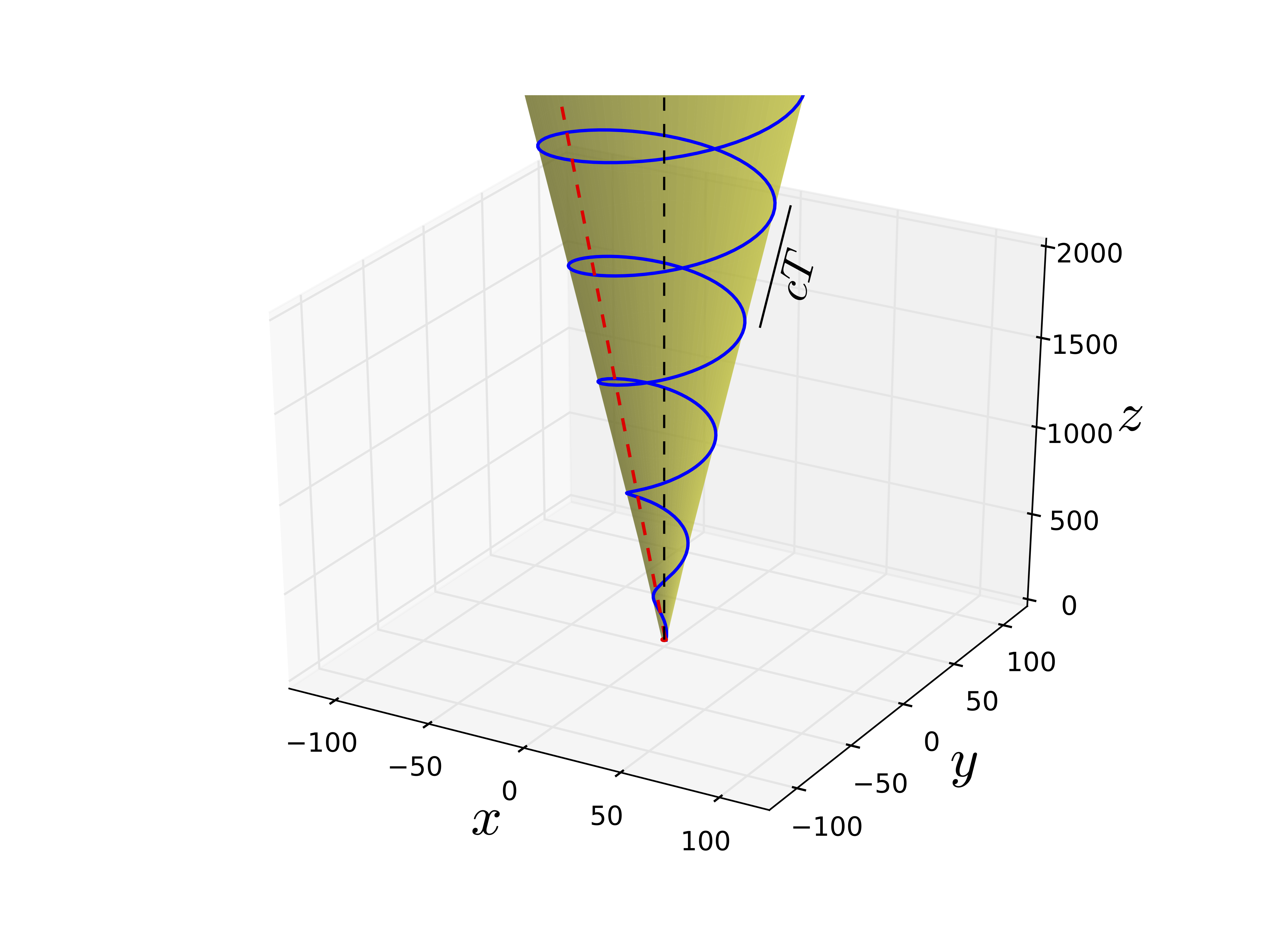
A model for periodic blazars
Sobacchi, Sormani & Stamerra, MNRAS,465,161 [ADS link]
Blazars are powerful gamma-ray sources that are believed to consist in a jet powered by an Active Galactic Nucleus pointing towards the Earth. With my friend and collaborator Emanuele Sobacchi we developed a scenario to explain why some blazars appear to be quasi-periodic over timescales of ~few years. The idea is very simple: in a binary system, two super-massive black holes rotate around each other very fast. If the jet is emitted in the rest frame of one of the two black-holes in the direction perpendicular to the orbital plane, then in the frame of the centre of mass of the binary system the jet will have a component of the velocity pointing in the direction of the orbital motion, for the same reason why if one throws a ball up while running the ball has a horizontal velocity with respect to the ground. Since the black hole direction is continuously changing, the result is that the jet precesses, and the emission that reaches the Earth changes with time like that of a lighthouse! It also turns out that this effect is dominant over general-relativistic effects. With this model we are able to reproduce the optical and gamma-ray light curves and multiple synchrotron spectra simultaneously. We also give estimates of the source mass and size.